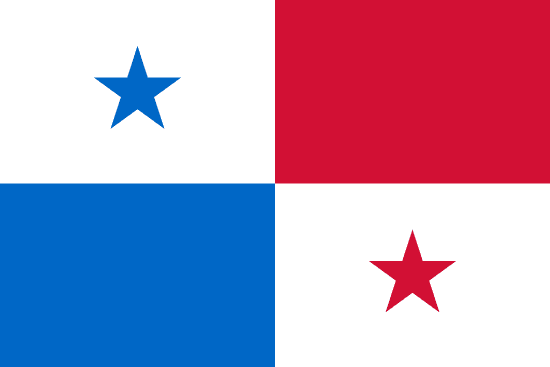The heart of Panama, where nature and culture intertwine
About:
Veraguas is a province in Panama, founded in 1855. Its history is marked by pre-Columbian indigenous cultures, Spanish colonization in the 16th century, and later, integration into the Republic of Panama. Veraguas is unique as the only Panamanian province with coasts on both the Caribbean Sea and the Pacific Ocean. Today, it's known for its rich biodiversity, agriculture, and growing tourism industry, with attractions like Coiba National Park and Santa Fe National Park.
When to visit:
Veraguas, located in Panama, boasts a tropical rainforest climate with distinct wet and dry seasons. The best time to visit this region is during the dry season, which typically occurs from mid-December to mid-April. This period offers sunny days and pleasant temperatures, ideal for outdoor activities such as hiking, birdwatching, and exploring the region's diverse ecosystems. Travelers should note that the wet season from May to November can bring heavy rainfall and slightly higher humidity levels, impacting certain outdoor pursuits.
When to avoid:
Veraguas, located in Panama, experiences the worst travel conditions during the rainy season, typically lasting from May to November. Heavy rainfall and potential flooding can disrupt travel plans and outdoor activities during this time. Tourist attractions may be less accessible and outdoor adventures may be limited due to inclement weather. Travelers seeking to explore the natural beauty of Veraguas are advised to plan their visits during the dry season for a more enjoyable and seamless experience.
Rainy Season (April–December)
The wettest period in Veraguas, Panama, is from May to November, with the heaviest rainfall in October. Average temperatures range from 22-28°C (72-82°F). The days are typically overcast with sunlight peeking through intermittently. Rainfall can be heavy and frequent, averaging around 300mm in October. Humidity is high, often exceeding 80%. An average day for a visitor during this period involves morning explorations, taking advantage of the drier mornings, followed by indoor activities during the afternoon rains.
"Summer (December–April)"
Veraguas, Panama, experiences its warmest part of the year from March to April. During these months, the average high temperature ranges from 32°C to 35°C (90°F to 95°F). The region receives minimal rainfall during this period, making it the driest season of the year.
Sunlight is abundant, with an average of 6 to 7 hours of bright sunshine each day. Humidity is relatively high, typically around 70-80%, resulting in a tropical, humid climate. Cloudiness varies, but clear to partly cloudy skies are more common during these months.
For a visitor, a typical day in Veraguas during the warmest part of the year would feel hot and humid, especially in the afternoon when temperatures peak. Mornings and evenings are slightly cooler, providing a more comfortable time to explore. Despite the heat, the relatively dry weather and abundant sunlight make it an excellent time for outdoor activities. However, it's essential to stay hydrated and apply sunscreen regularly due to the strong tropical sun.
Language:
In Veraguas, a province of Panama, the most commonly spoken language is Spanish, as it is the official and dominant language of the country. However, indigenous languages such as Ngäbere are also spoken, particularly among the Ngäbe-Buglé communities residing in the region. English may also be spoken among expatriates and in tourist areas.




